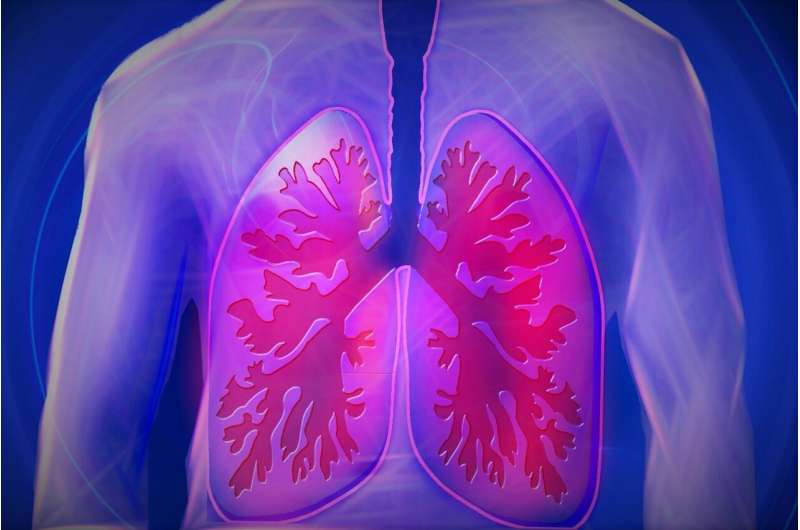New Insights into Immune Cell Transformation Supporting Tissue Regeneration After Injury

New research reveals how regulatory T cells transform through epigenetic changes to support tissue healing and regeneration after injury, offering promising avenues for regenerative therapies.
Research from the University Hospital Regensburg and collaborating institutions has shed light on how immune cells, specifically regulatory T cells (Treg cells), adapt to facilitate tissue repair following injury. These specialized cells are vital for maintaining immune balance by suppressing harmful autoimmune responses, but they also play a pivotal role in promoting tissue regeneration and wound healing.
Treg cells can release healing substances and support regenerative cells, such as tissue stem cells, working closely with both immune and non-immune cells during the healing process. A key step in their regenerative function involves transformation into tissue-specific Treg cells, a process influenced by complex epigenetic modifications.
In their detailed study, scientists examined epigenetic changes—heritable modifications affecting gene activity—focusing on DNA methylation patterns. These chemical marks, such as methyl groups attached to DNA at CpG sites, can turn genes on or off, thus dictating cell behavior. By analyzing over 28 million CpG sites, researchers identified unique DNA methylation signatures, effectively serving as a fingerprint for tissue-Treg cells.
This DNA methylation fingerprint enabled scientists to discover circulating tissue-Treg cells in blood and to interpret their functions more precisely. The study also uncovered the involvement of transposable elements, often called "jumping genes," which influence gene activity and cellular functions. These insights pave the way for innovative therapies aiming to harness tissue-Treg cells for treating autoimmune diseases, severe inflammation, and enhancing tissue repair.
Overall, these findings deepen our understanding of the molecular mechanisms guiding immune cells during tissue regeneration, opening potential avenues for targeted regenerative medicine and immune modulation strategies.
For more detailed insights, see the full study published in Nature Immunology: Link.
Stay Updated with Mia's Feed
Get the latest health & wellness insights delivered straight to your inbox.
Related Articles
Uncovering Hidden Genetic Risks in Hispanic/Latino Communities: Lessons from a Dominican Heart Mutation
A groundbreaking study reveals the presence of a critical heart-related genetic mutation among Dominican Americans, highlighting the importance of inclusive, ancestry-aware research in advancing precision medicine.
Significant Weight Gain and Late Motherhood Significantly Raise Breast Cancer Risk, Study Shows
New research reveals that significant weight gain in adulthood combined with late motherhood or nulliparity greatly increases breast cancer risk, highlighting the importance of healthy lifestyle and reproductive timing.
Breakthrough in Lung Transplant Technology: Portable Preservation System Enhances Outcomes for Extended Criteria Donor Lungs
Baylor College of Medicine confirms that the portable Organ Care System improves lung transplant outcomes from extended criteria donors, expanding the donor pool and benefitting recipients long-term.
Can African Countries Achieve the 2030 Childhood Immunization Targets?
A comprehensive study reveals progress and ongoing challenges in childhood immunization across Africa, highlighting disparities and the critical need for targeted strategies to meet 2030 goals.



